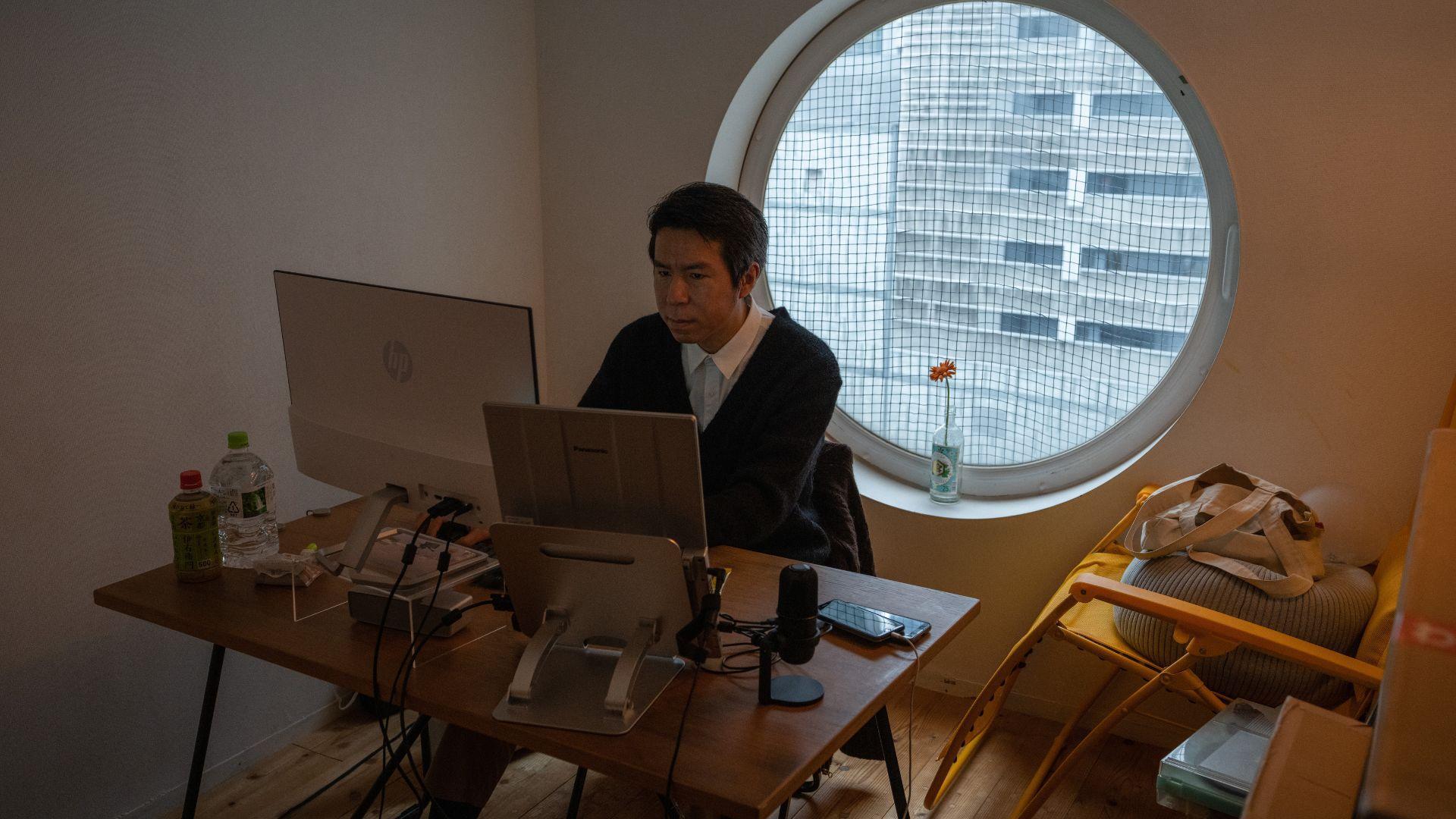Younger workers, especially Gen Z and millennials, often feel immense pressure to meet deadlines and be productive. They fear being seen as slackers if they ask for time off.
According to Libby Rodney of The Harris Poll, this nervousness stops many from requesting their well-deserved PTO, leaving them overwhelmed and overworked.
Quiet Vacationing: The New Norm for Millennials

Instead of outright asking for time off, nearly 4 in 10 millennials take a different approach. They take time off without notifying their managers, a practice now dubbed “quiet vacationing.”
This stealthy strategy helps them avoid the stigma associated with taking breaks while still enjoying some personal time away from work.
Tricks of the Trade

To keep up appearances, many millennials resort to moving their mouse to show activity on company messaging platforms like Slack or Microsoft Teams.
They even schedule messages to send outside of regular hours, creating the illusion of working overtime. These tactics allow them to enjoy downtime without raising suspicion.
The Giant Workaround Culture

Libby Rodney describes a “giant workaround culture” where millennials manage to find work-life balance behind the scenes.
Unlike Gen Zers, who openly discuss the need for better workplace policies, millennials prefer handling these issues discreetly. This quiet rebellion reflects a deep need for better support systems in the workplace.
The Trouble with Unlimited PTO

While unlimited PTO might seem like an ideal solution, it’s not always effective. For instance, according to Rodney, workers with 11 to 15 days of PTO are more likely to use their days than those with 16 or more.
This counterintuitive trend shows that having a finite number of days encourages employees to take their time off more seriously.
Solutions for PTO Usage

Employers can get creative with their PTO policies to encourage usage. Ideas include company-wide week-long shutdowns around major holidays — such as the week between Christmas and New Year’s, paying new hires to take a vacation before starting, or even mandating employees take a certain number of PTO days each quarter.
These strategies help ensure employees actually take their deserved breaks.
Transparency and Support from Management

One way to alleviate the tension around taking PTO is for managers to be transparent about the request process.
When bosses take time off themselves and support their employees’ time off, it normalizes the practice and reduces the fear of asking. This openness fosters a healthier work environment.
Learning from European Work Culture

Many Americans believe the U.S. should adopt European-style work policies. These include extended vacation periods, longer lunch breaks, shorter workweeks, and protections for slower response times outside of work hours.
Such measures could significantly improve work-life balance and overall employee satisfaction.
The Impact of Work-Life Imbalance

The reluctance to take PTO can lead to burnout and decreased productivity.
By fostering a supportive culture around taking breaks, companies can improve overall employee well-being and performance. Encouraging regular time off helps maintain a healthier, more productive workforce.
The Role of Technology in Quiet Vacationing

Technology plays a significant role in enabling quiet vacationing. Tools like Slack and Microsoft Teams allow employees to appear active even when they’re not working.
This reliance on constant digital presence highlights the need for better work policies that don’t encourage overworking and dishonesty.
Encouraging Open Conversations About PTO

Creating an environment where employees feel comfortable discussing their need for time off can significantly improve PTO usage.
Open conversations about work-life balance can lead to healthier, more productive workplaces. Employers should prioritize transparent communication and support regarding PTO.
A New Era of Work-Life Balance

As the workforce continues to evolve, so too must the policies that govern it. By understanding and addressing the reasons behind quiet vacationing, companies can create more supportive environments that promote both productivity and personal well-being.
Embracing these changes is key to fostering a happier, more balanced workforce.
